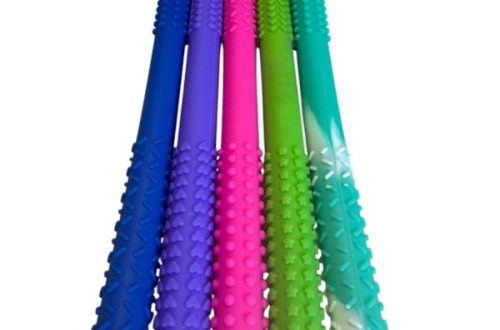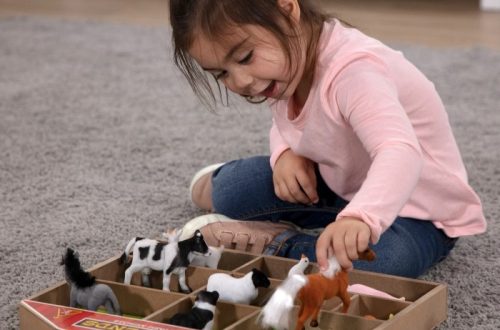The unassuming Rubik’s Cube, with its six colored sides and seemingly endless permutations, has captivated minds for generations. But for some, solving the cube isn’t enough. They crave the thrill of speed, the satisfaction of conquering a complex puzzle in a matter of seconds. This is the world of speed cubing, a growing community dedicated to mastering the art of solving the Rubik’s Cube with lightning speed. This guide delves into the exciting realm of speed cubing, exploring the methods used, the skills required, and tips for becoming a faster cuber yourself.

Part 1: Beyond the Beginner’s Method: Unlocking the World of Speed Cubing
The Beginner Method Springboard:
For many, their initial encounter with solving the Rubik’s Cube involves the beginner’s method, which is a systematic, step-by-step approach that teaches how to solve the cube layer by layer. This method is beneficial for gaining an understanding of the mechanical aspects of the cube and is often the foundation for many individuals exploring the puzzle. However, despite its significance in learning the basics, the beginner’s method is not designed for speed. Speed cubing, on the other hand, revolves around utilizing more advanced solving techniques that enable the solver to address multiple pieces simultaneously and minimize unnecessary rotations. These advanced methods, such as CFOP (Cross, F2L, OLL, PLL) or Roux, are specifically optimized to enhance solving speed through efficient algorithms and optimal move sequences. Adopting these advanced techniques is fundamental in propelling a solver’s journey from mastering the basics to achieving faster solve times and sharpening their speed cubing skills.
CFOP: The Foundation of Speed Cubing:
CFOP (Cross, F2L, OLL, PLL) stands for the four key steps in the most popular speed cubing method. This method emphasizes efficient hand movements, memorization of specific algorithms, and a focus on solving multiple pieces at once. The Cross involves building a completed color on the bottom face. F2L (First Two Layers) focuses on solving the first two layers simultaneously. OLL (Orientation of the Last Layer) involves positioning the last layer edge pieces correctly. Finally, PLL (Permutation of the Last Layer) tackles arranging the last layer corner pieces in their solved positions. Mastering these steps and the algorithms associated with them forms the foundation of speed cubing.

Part 2: Honing Your Skills: The Essential Techniques of Speed Cubing
Finger Tricks and Efficient Movements:
Speed cubing isn’t just about memorizing algorithms; it’s also about developing efficient finger dexterity and hand movements. Techniques like finger flicking, advanced rotations (like the Z-flick and the V-cut), and minimizing unnecessary cube rotations are crucial for shaving off precious seconds from your solve time. Practicing these techniques will help you move the cube smoothly and efficiently, allowing you to focus on solving the puzzle rather than struggling with clunky hand movements.
Lookahead and Planning:
Speed cubing isn’t just about solving what’s directly in front of you. Top speed cubers employ a technique called lookahead, which involves planning your next moves while executing the current one. This allows them to transition seamlessly between steps, minimizing pauses and wasted time. Developing good lookahead skills requires practice and the ability to visualize the cube’s state several moves ahead.
Part 3: Practice Makes Perfect: Tools and Resources for Speed Cubing
The Right Cube:

Not all Rubik’s Cubes are created equal. When it comes to speed cubing, it’s crucial to have a cube that is specifically designed for smooth rotations and fast solving. These specialized speed cubes often feature high-quality materials, such as smooth and durable plastic, as well as adjustable tension settings to customize the feel of the cube to match individual preferences. Additionally, they may include anti-pop mechanisms to prevent pieces from locking up or dislodging during rapid turning, ensuring a more seamless solving experience. Investing in a good speed cube can make a significant difference, not only in terms of performance but also in the overall enjoyment of solving. The design and engineering of these cubes are tailored to cater to the needs of speed cubers, allowing them to execute algorithms with greater ease and efficiency, ultimately maximizing their potential for achieving faster solve times.
Online Resources and Communities:
Individuals interested in becoming speed cubers find the internet an invaluable resource. It provides access to a wealth of information and resources that can help enthusiasts improve their skills. Numerous websites and YouTube channels offer a wide array of tutorials on advanced solving methods, finger tricks, and lookahead strategies. These resources can be instrumental in learning new techniques and enhancing solving speed. Additionally, online forums and communities serve as valuable platforms for connecting with fellow speed cubers. These platforms allow individuals to share tips and tricks, seek advice, and engage in discussions related to speedcubing. Moreover, they often provide opportunities to participate in virtual competitions, further enhancing the sense of community and offering a chance to showcase skills in a competitive setting. Overall, the internet serves as a dynamic and interactive hub for aspiring speed cubers, fostering learning, collaboration, and friendly competition.

Part 4: Beyond the Timer: The Rewards of Speed Cubing
The Mental Challenge and Problem-Solving:
Speed cubing isn’t just about raw speed; it’s a mental challenge that requires focus, problem-solving skills, and critical thinking. As you learn new techniques and improve your lookahead abilities, you’ll be pushing your cognitive abilities and developing valuable problem-solving skills that can be applied to other areas of life.
The Thrill of Competition and a Growing Community:
Speed cubing offers a unique sense of accomplishment and a vibrant community to be a part of. Participating in online or in-person competitions allows you to test your skills against other speed cubers and push your limits. The speed cubing community is welcoming and supportive, offering encouragement and motivation as you strive to improve your solving times.

In conclusion, speed cubing is more than just solving a Rubik’s Cube quickly. It’s a journey of skill development, mental challenge, and a gateway to a supportive community. Whether you’re a beginner curious about the world of speed cubing or an aspiring competitor aiming to break records, this guide has equipped you with the knowledge and resources to embark on your speed cubing adventure. So, grab your speed cube, start practicing, and get ready to experience the thrill of conquering the Rubik’s Cube at lightning speed! Remember, the journey is just as rewarding as the destination, so enjoy the process of learning, improving, and becoming a part of the exciting world of speed cubing!


